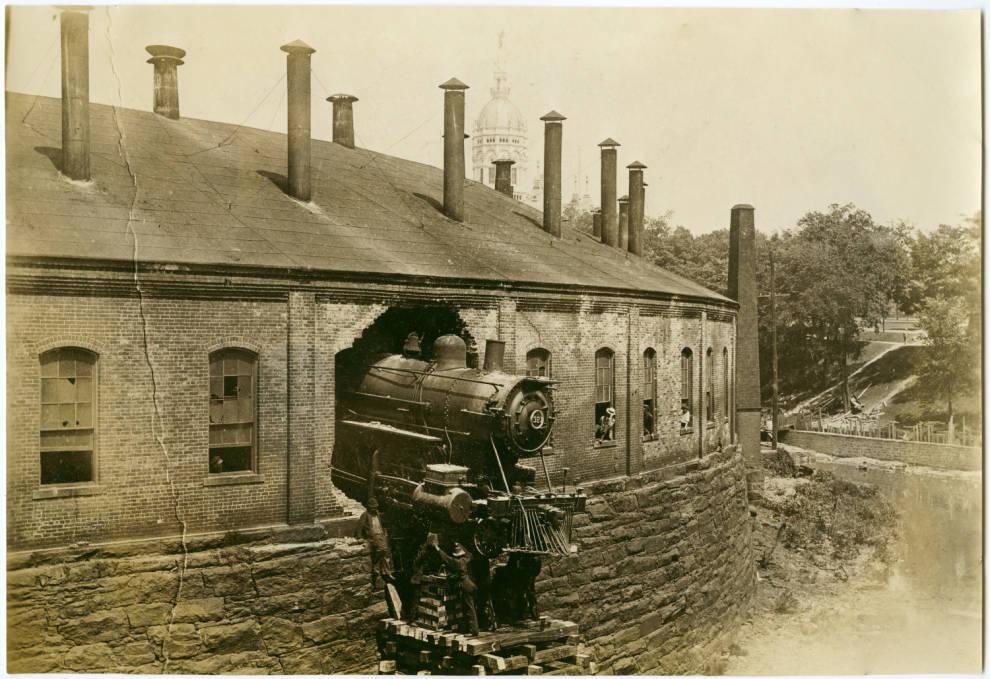
Some say:
“There’s no romance in trend following!”
It’s all a matter of perspective. The romance is found in returns. Money is the ultimate aphrodisiac. Trend following performance data examples could be the foundation of every college finance class. When you show up on the first day, instead of your teacher handing you a syllabus and telling you to buy certain books you are handed one piece of paper that simply shows the performance histories of professional trend following traders for the last 50 years. The entire semester could be built around that study alone.
Who are some of the top-performing trend following traders over the last 30 years? And how much have they made?
Consider the wealth generation and their net worth:
- Bruce Kovner is worth over $5.3 billion.
- John W. Henry is worth $2.1 billion. He used his trend following gains to buy the Boston Red Sox for $700 million.
- Bill Dunn made $80 million in 2008 when the rest of the world was blowing up.
- Michael Marcus turned an initial $30,000 into $80 million. He also taught Bruce Kovner. Marcus was a student of Ed Seykota’s.
- David Harding is worth over $1.387 billion.
- Kenneth Tropin made $120 million in 2008 as buy and hold collapsed. Earlier in his career he led John W. Henry’s firm.
- More
Many miss that point–big time:
“You are just touting super successful traders. What does that have to do with me?”
These names are featured for one reason: Proof. Their returns are a precise illustration of what can be earned via trend following trading. A sampling of great trend following traders:
- Bill Dunn
- Ed Seykota
- David Harding
- Salem Abraham
- Larry Hite
- Kevin Bruce
- Richard Donchian
- Gary Davis
- John W. Henry
- Paul Tudor Jones
- Leda Braga
- Ken Tropin
- Cliff Asness
- Jean-Philippe Bouchaud
- Jim Simons
- Martin Lueck
- Dickson Watts
Historical Legends
Excerpt about famed trend follower Nicolas Darvas:
“Hungarian by birth, Nicolas Darvas trained as an economist at the University of Budapest. Reluctant to remain in Hungary until either the Nazis or the Soviets took over, he fled at the age of 23 with a forged exit visa and fifty pounds sterling to stave off hunger in Istanbul, Turkey. During his off hours as a dancer, he read some 200 books on the market and the great speculators, spending as much as eight hours a day studying. Darvas invested his money into a couple of stocks that had been hitting their 52-week high. He was utterly surprised that the stocks continued to rise and subsequently sold them to make a large profit. His main source of stock selection was Barron’s Magazine. At the age of 39, after accumulating his fortune, Darvas documented his techniques in the book, How I Made 2,000,000 in the Stock Market. The book describes his unique “Box System”, which he used to buy and sell stocks. Darvas’ book remains a classic stock market text to this day.”
The objective with all of my detail is to get you into the right mindset and strategy so your portfolio doesn’t become a train wreck:

*The locomotive is New York, New Haven and Hartford No. 321, a 2-6-0 mogul type, just two years old at the time, and it started of its own accord and broke through the rear wall of the roundhouse. The top of the building that can be seen behind the roundhouse is the Connecticut State Capitol. Curiously, another locomotive had a similar incident on June 22, 1902 just to the right of where No. 321 smashed the back wall. Evidence of the earlier accident and repair to the wall can be seen in the photo just above the window that is partially obscured by the front of the engine. No. 321 was repaired and went on to a long, uneventful career in both freight and passenger service, and was finally retired on December 31, 1935. Source: New Haven Railroad Historical and Technical Association, Inc.
